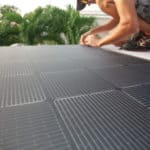
MENUMENU
TALK TO AN EXPERT
Special Hours: 7AM – 6PM PST
TALK TO AN EXPERT
Special Hours: 7AM – 6PM PST
Before installing your marine battery bank, it’s important to determine whether you want to wire your batteries together in series or in parallel. The voltage and battery capacity your system requires will dictate which wiring is best for your system. Understanding the difference between series and parallel wiring will help ensure your marine power system is properly sized and installed.
Based on the energy audit of your sailboat or marine vessel, you should have determined the capacity of the house batteries you need and the voltage that your system will run at. These two measurements will dictate how you need to connect your batteries. There are three ways that your battery bank can be wired together.
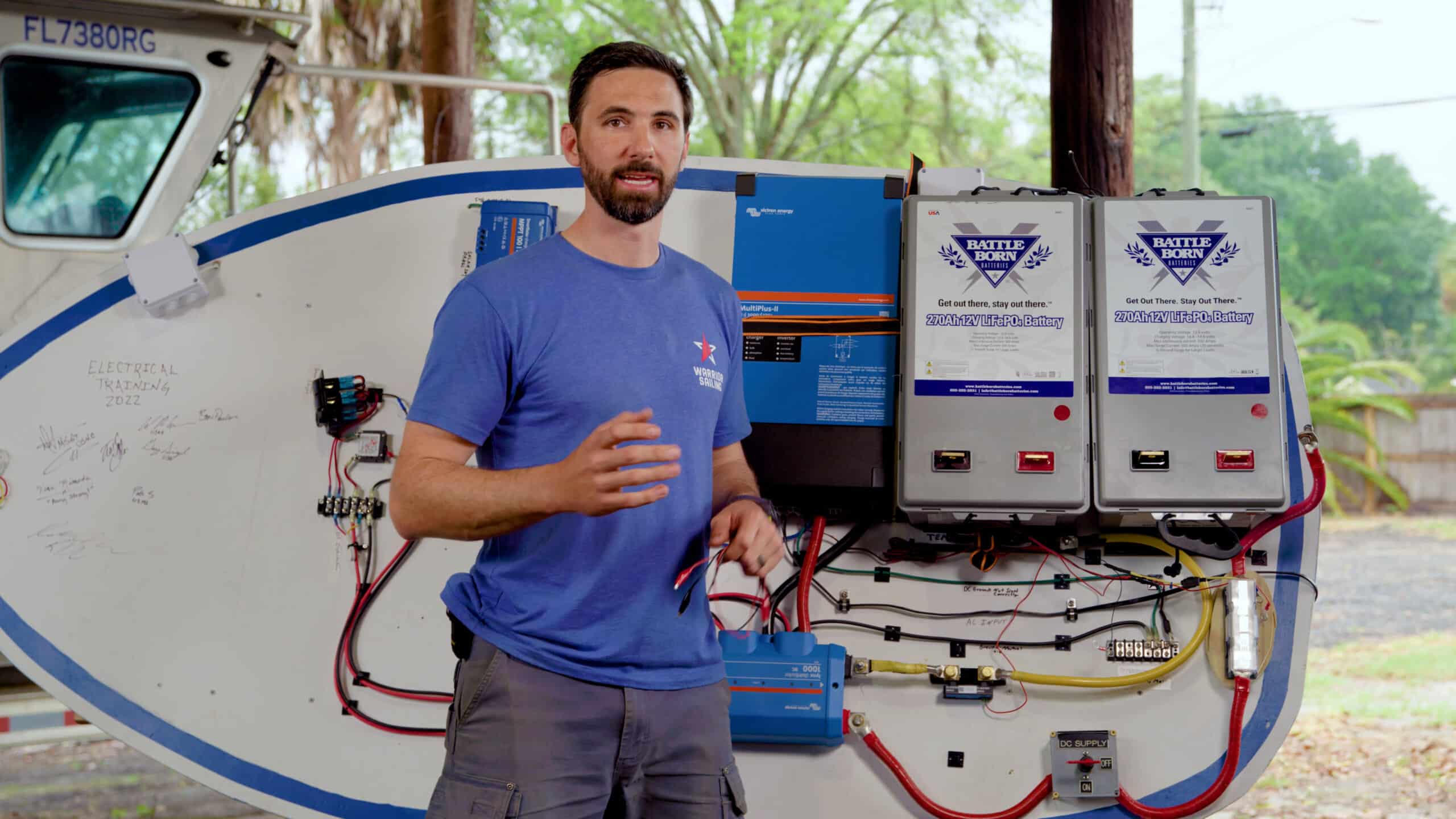
For those whose system can run on 12V, wiring in parallel will allow you to maintain the voltage and add the capacity together, increasing the amperage. By connecting the positive terminals on all your batteries and the negative terminals on all your batteries, you will have a parallel connection.
On the other hand, some large marine electrical systems require 24V, 36V< or even 48V systems. In these cases, you would want to wire in series. This will maintain the amperage of your batteries but increase the voltage up to 48V with four batteries wired together. By using a jumper connection between the positive and negative terminals of each of your batteries you will have a series connection.
In some cases, boaters may need a higher voltage system but may also want to increase their battery capacity. A series-parallel connection will facilitate this. With four batteries, you can connect each pair in series to get 24V and then wire the two paired batteries to each other in parallel to double the capacity.
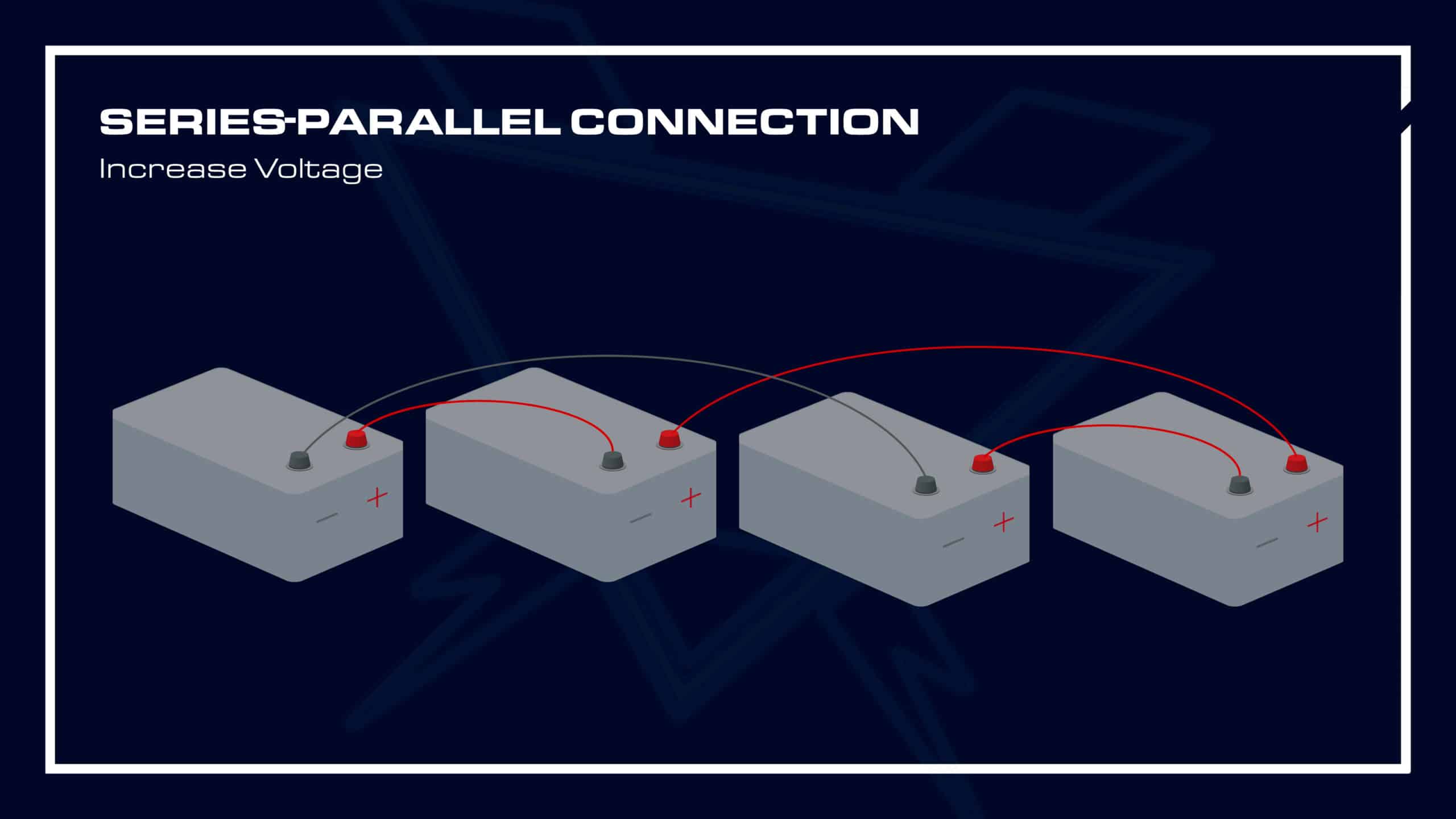
Check out the full Marine 101 series on our YouTube channel or through the Academy page on our website. For further questions or help designing the perfect marine power system, our technical sales team would love to help! You can reach by calling (855) 292-2831 or emailing [email protected].
Shop Best Sellers

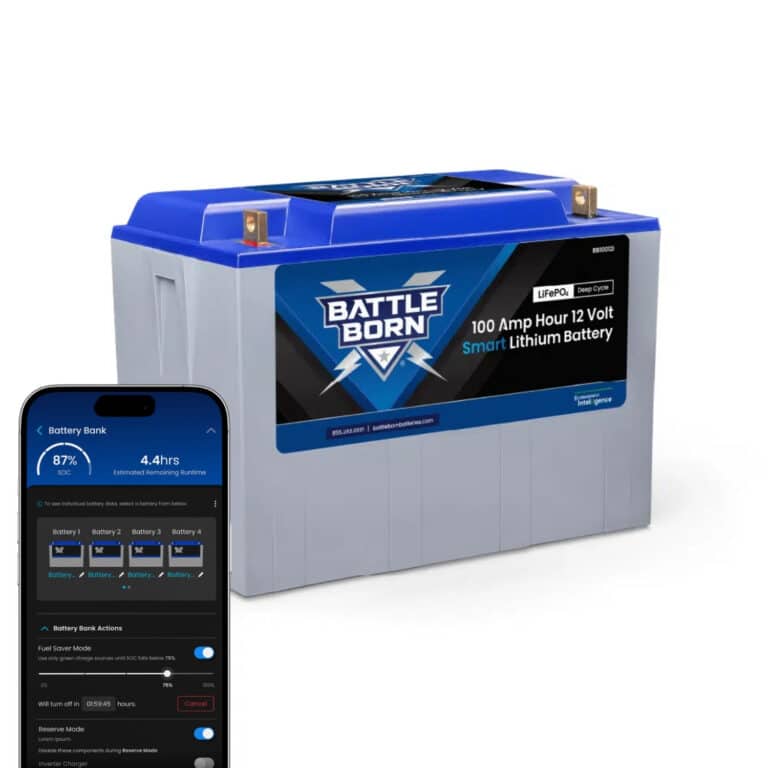

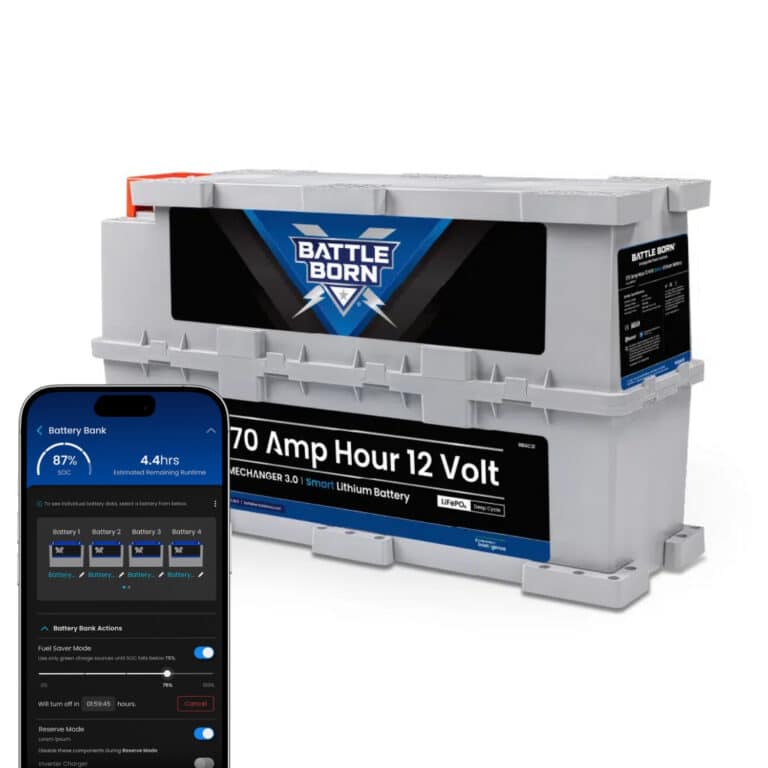




Ask a technical specialist now at 855.292.2831
Stay in the Know